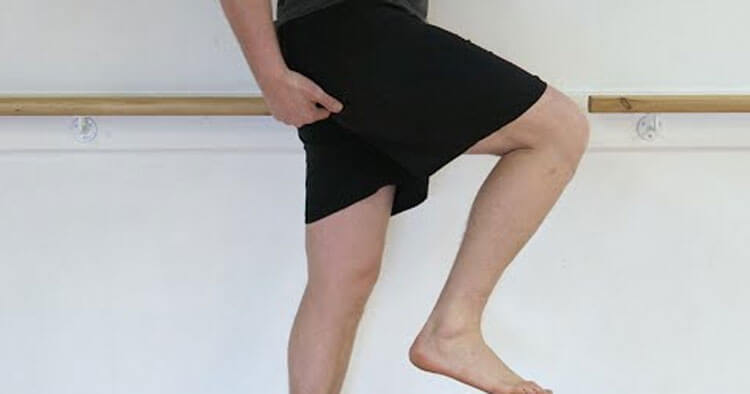Back and Joint Pain, Muscle Pain and Tendinopathy
Proximal Hamstring Tendinopathy: A Pain In The Butt
High Hamstring Tendinopathy
More commonly hamstring injuries are acute muscle strains felt in the “belly” of the muscle (often the biceps femoris muscle), however the hamstring is also vulnerable to stress near their origin at the ischial tuberosity. Issues in this part of the hamstring are referred to as being a high hamstring tendinopathy, or proximal hamstring tendinopathy. High hamstring complaints can be stubborn, responding poorly to rest and difficult to treat, having a reputation of becoming chronic when not managed appropriately.
In my experience, proximal hamstring tendinopathies are relatively common and although not exclusive to this demographic they are often something middle aged runners may experience. During running the hamstrings are actively engaged during multiple phases of the running stride, making them an essential muscle group for runners. The hamstrings act as both a hip extensor and knee flexor thorough out the running action, assisting in driving the runner forward whilst providing stability to the pelvis and lower limb. As a result, any high hamstring tendinopathy impacting the function of the muscle, will often at the very least cause significant slowing of an individuals running speed, if not ultimately result in putting a substantial halt to training.
The Anatomy
The ischial tuberosity often referred to as your “sitting bones” is the attachment point of significance in proximal hamstring tendinopathy and is fairly easily palpable as the bone you sit on. Your Hamstring muscles at the back of your thigh have their origin from this point and it is around this site where high hamstring tendinopathy occurs. Which is why it is literally a pain in the butt to suffer a proximal hamstring tendinopathy. The area where the hamstring tendons originate from the ischial tuberosity and just distal to this in the mid-portion of the tendon similar to many other common tendon complaints is the site impacted, this being around 1-2cm from the origin off the bone.
What Are The Signs Of Hamstring Tendinopathy
If you have a proximal hamstring tendinopathy then you may experience pain not just associated with physical activity like running, or lifting weights but also during simple daily activities such as bending forward when dressing, driving, or sitting on hard surfaces. A physiotherapist can further assess the area using some special tests to more accurately examine and help diagnose the condition.
- In some circumstances an MRI may be used to enhance the diagnostic process. An MRI is very accurate in identifying changes in soft tissues like the hamstring tendon, as well as providing information on other soft tissues in the area and the bone. MRI is a beneficial investigation when diagnosis is proving difficult, progress is slower than expected, or more specific grading of the injury and rehabilitation planning is necessary.
As previously mentioned high hamstring tendinopathy can be a particularly challenging problem to deal with and because similar pain in the buttock region can be caused from other structures, such as the pain being referred from the lower back, pelvis, or piriformis syndrome means seeing a physiotherapist as soon as possible to get the rehab process started is a good idea. Getting assessed and starting on a rehabilitation program guided by your physiotherapist increases your chances of avoiding any proximal hamstring tendinopathy becoming a chronic problem impacting you and your training long term.
Disclaimer: Sydney Physio Clinic provides this information as an educational service and is not intended to serve as medical advice. Anyone seeking specific advice or assistance on Proximal Hamstring Tendinopathy: A Pain In The Butt should consult his or her physiotherapist or otherwise appropriately skilled practitioner.


